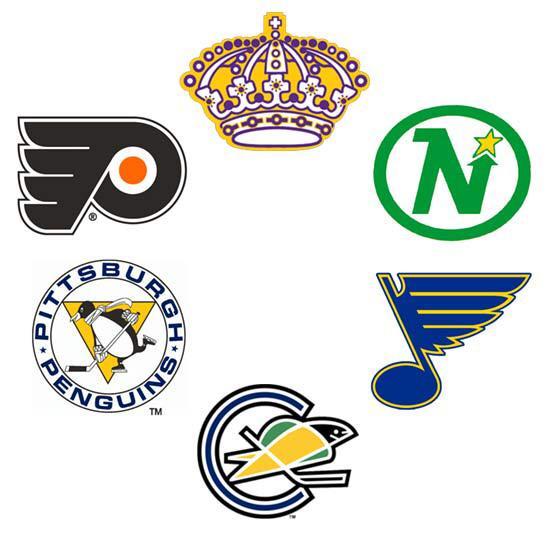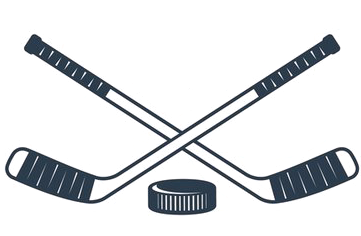
MONTREAL (AP) – Six infant hockey clubs, whose multiple birth doubled the size of the once-staid old National League, start growing up in a hurry Tuesday….the biggest moving day in the history of professional sports.
Hockey's first expansion draft, to be conducted in conjunction with the NHL's 50th annual summer meeting, will uproot 120 players and shift them from the six established teams to the half dozen U.S. cities awarded major league franchises in February, 1966.
Another 30-40 players will move up to the NHL, filling roster vacancies on the old clubs and completing the massive transfer of talent.
“Preparations for this historic event have been going on for many months,” said NHL President Clarence S. Campbell. “The formula for the draft itself required the full cooperation of all 12 teams.
“This speaks well for the member clubs and with the conclusion of the draft we will launch a new era in the history of the NHL. We are indeed highly optimistic about the future of the National Hockey League as an international sports organization.”
The wholesale expansion marked the first change in the league's make-up since 1942, when the withdrawal of Brooklyn left six teams — Montreal, Toronto, Chicago. Detroit, Boston and New York — in the NHL family.
The expansion clubs — Philadelphia, Pittsburgh, St. Louis, Minnesota, Los Angeles and California — each paid $2 million for a conditional franchise and draft rights to 20 skaters. Their official acceptance as NHL members is expected to be announced after tomorrows meeting of the board of governors.
Then, after they are stocked with a combination of NHL veterans and fringe players and minor league prospects, the six fledgling teams will make their competitive bow in October. They'll compete in a new Western Division and also play four games against each of the old clubs — two at home and two away.
“Baseball and football expanded within the framework of existing divisions,” an NHL spokesman said. “But the NHL is expanding 100 percent and creating a new division.
‘Whereas 10 or 12 rookies normally make the jump from the minor leagues to the NHL each year, there will be 120-150 new faces when the 1967-68 season opens.”
The new teams expect to get a fair return on their investment during the two-day draft session, but they have no illusions that Bobby Hull, Stan Mikita or Bobby Orr will pop out of the big grab-bag.
Hull and Mikita, the scoring stars for Chicago's 1966-67 pennant winners, doubtless will be at the top of the Black Hawks' 12-man untouchable list. Orr, the 19-year-old Boston defenseman who captured Rookie of the Year honors last season, is among a handful of Junior-age pros who have played in the NHL but are exempt from the draft.

“Hull is worth $2 million himself,” said the general manager of one of the expansion clubs. “But we'll settle for the best players available to us.”
The available talent will comprise some 325 players under contract to the holdover clubs. Each of the old teams will submit a protected list of 12 players, including one goaltender, to the league office tomorrow night. The lists will be passed on to the new clubs at 9 a.m., EST, Tuesday—one hour before the start of the draft.
After a separate draft of goalies — during which each established club will lose one goaltender, add another to its protected list and then lose a second man — the expansion teams will begin selecting forwards and defensemen.
The old clubs will protect an additional player after their first and second losses. Then, three more players will be claimed from each team before another can be placed on the safe list. Thereafter, the claim one-fill one sequence will continue until each new club has drafted 18 skaters.
A drawing will determine the order of selection in the goalie pool, with the order reversed after the first round. The team picking last on th£ initial go-round in the goalie draft will get first choice when the forwards and defensemen go on the block.
Three-minute time limits will be imposed for both the selection and protection of players.
Several big names will move on to the new division as the established clubs seek to protect their highest-rated farmhands by sacrificing veterans.
The Detroit Red Wings could lose right-winger Andy Bathgate, who has scored 314 goals and was the NHL's most valuable player in 1959. Right-wing George Armstrong, who scored the final goal in Toronto's Stanley Cup triumph over Montreal, also may be expendable.

Claude Provost of Montreal, one of the game's finest checking forwards; former penalty king Reg Fleming of New York and versatile Bill Hay of Chicago, Bobby Hull's pivotman on the Million Dollar Line, are other possible draftees.
The Minnesota North Stars may try to land Boston forward Tom Williams, a native of Duluth, Minn., and one of the few Americans to make the grade in the NHL.
Among the vulnerable goalies are Terry Sawchuck of Toronto, the league's 37-year-old shutout king, and 35-year-old Glenn Hall of Chicago, who retired last year, then changed his mind and helped the Black Hawks win their first season championship.
Minor league standouts last season who'll merit early consideration include Chicago-owned center Art Stratton, the Central League's most valuable player; center Gordon Labos-siere (Montreal), the leading pointmaker in the American League; and Bob McCord of Detroit) and Larry Cahan (New York), the top defensemen in the AHL and Western League, respectively.
Bernie “Boom Boom” Geoffrion, the ex-Montreal superstar who came out of retirement and sparked New York to a 1967 playoff berth, has said he will quit as an active player, if drafted, and remain with the Rangers in another capacity.
Leonard “Red” Kelly, another of Toronto's magnificent oldtimers, announced his retirement after the playoffs. The 40-year-old forward, a former Member of Parliament in Canada, is in line for the Los Angeles coaching job.
